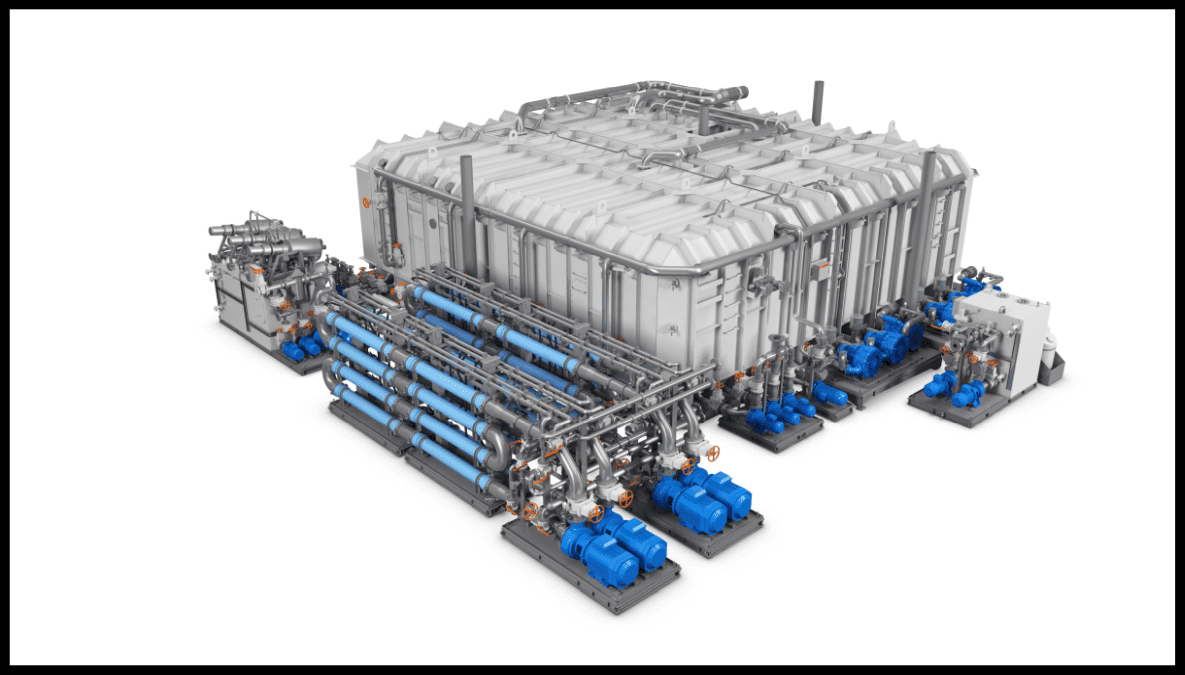Ships in international waters cannot release sewage even after it has been treated and must offload waste at port under amendment to MARPOL Annex IV
IMO’s pending ban on dumping sewage sludge at sea in any circumstances is seen within the maritime industry as recognition of developments over the last few years that have almost put a stop to the practice.
The amendment to MARPOL’s Annex IV, voted in October, means that no vessel of more than 400 gt in international waters can release sewage, even after it has been treated in special tanks and that it must be brought back to port and offloaded.
However, as even the IMO notes and classification societies endorse, the practice has practically ceased, mainly because of regional protocols such as those applying in the Baltic, as well as ship operators such as cruise lines adopting more environmentally friendly policies. Similarly, the World Shipping Council notes that it has been policy for years to avoid dumping at sea.
According to research by Riviera Maritime Media, many local governments, especially in tourism areas, had already removed sewage from the approved dumping list, following in the footsteps of the Baltic Sea area, where the practice was banned from January 2013. That regulation targeted passenger ships, which are the major cause of sewage-related pollution at sea and in coastal waters. A large cruise ship can produce about 170,000 gallons (644,000 litres) of sewage on a daily basis.
“A large cruise ship can produce 644,000 litres of sewage on a daily basis”
Like other regional bodies in protected waters, the Bahamian Maritime Authority is one of many that banned the practice before the latest amendment. And although the US is not a party to Annex IV, the latest amendment will have little direct effect there because, as ABS points out, ocean-going vessels operating in its navigable waters which are registered in foreign countries may be subject to the requirements by default.
There were also gaps in the previous regulations that may be plugged in the near future. Annex IV did not address vessels carrying a small complement of passengers, such as ships and ferries plying domestic waters.
However, it seems that the amendment could increase demand for more sophisticated holding tanks from which the sludge is unloaded in port. For instance, Wärtsilä is providing its membrane bioreactor treatment plants to Carnival’s newbuilds between now and 2025 in a long-term contract. Although Annex IV covers the technical requirements for these systems as well as port-side reception for the waste, Wärtsilä says its systems surpass IMO’s standards for sewage discharge. Generically, the most commonly used systems employ biological or aerobic digestion-based technologies.
As classification societies point out, the now-amended regulations lay down strict conditions about sewage discharge, such as that it must take place at more than three nautical miles from the nearest land and at a minimum speed of four knots. Foreign going cargo ships could discharge untreated sewage at a minimum distance of 12 nautical miles from land. But now these will be off the books.






